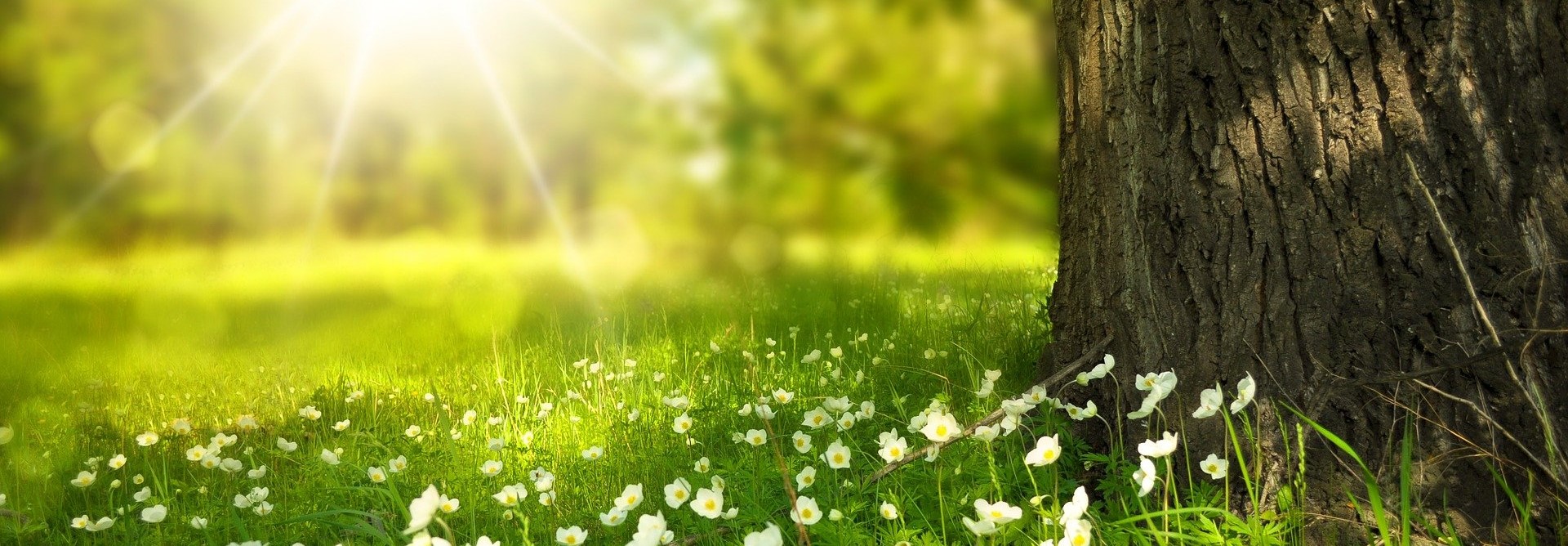
This is a dedicated article on the topic of Nature-Based Solutions. This article is a part of the #Youth4ClimateLive Educational Toolkit.
Nature-based solutions (sometimes called natural climate solutions) are a fundamental component of action for climate and biodiversity. These are win-win solutions that strengthen the connection of people and communities to nature and involve protecting, restoring and sustainably managing ecosystems to address climate change and promote human and environmental well-being.
[video:https://youtu.be/MlSW3u-1AbI]
Why are Nature-Based Solutions important?
By maintaining and replenishing ecosystems, projects that integrate nature-based solutions help to conserve the environment, create habitats for endangered species, lower carbon emissions, restore natural beauty, and build resilience in climate-vulnerable regions. As stated by the Nature-Based Solutions Coalition, convened by the UN Secretary-General at the 2019 Climate Action Summit, nature-based solutions are effective, long-term, and cost-efficient. They provide a globally scalable approach for climate action, with the potential to: remove up to 12 gigatons of greenhouse gasses per year, add an additional US $2.3 trillion in productive growth to the global economy, and support vital ecosystem services.
Some estimates suggest that by working with nature, we could reduce our emissions by more than a third of what is needed by 2030. Nature-based solutions can help us conserve biodiversity, mitigate and adapt to climate change, decrease and prevent further land degradation and desertification, and increase food security globally. So, in addition to clean energy solutions and technological innovation, nature itself is a key part of achieving the goals of the Paris Agreement and ensuring a sustainable future.
What are some examples of Nature-Based Solutions?
Nature-based solutions can take many forms! Some examples include: reforestation and afforestation projects that support healthy ecosystems and capture carbon; green urban planning that uses natural elements to create more resilient cities; agroforestry programmes that reduce land degradation; restorative farming practices such as crop rotation and biodynamic farming; mangrove and coral reef restoration in coastal communities; and the harnessing of traditional indigenous practices, such as managing controlled fires in at-risk forests.
One of the world’s most ambitious examples of nature-based solutions is the African-led Great Green Wall initiative, in which more than 20 countries across Africa have committed to restoring a tremendous 100 million hectares of at-risk land through tree planting and sustainable farming practices. Upon completion, the project will sequester approximately 250 million tons of carbon and create 10 million green jobs: a win-win for people and planet. If you are as excited as we are about this inspiring project, you will love the film of the same name! The Great Green Wall is a documentary that follows Malian musician Inna Modja across Africa’s Sahel region, where she collaborates with local musicians and meets farmers, youth, and migrants who are suffering the consequences of the Sahel’s increasing desertification.
Follow Connect4Climate and Great Green Wall on social media to find out how you can watch the film and join the movement!
For a look at how young people are driving Nature-Based Solutions in their local communities, check out #Youth4ClimateLive Episode 4. This discussion brought together youth leaders Vanessa Nakate (from Uganda), Archana Soreng (from India), and Claudel Pétrin-Desrosiers (from Canada), who are championing nature-based solutions in their home countries through the lenses of climate action, indigenous rights, and human health, respectively. You can read #TheLowdown for a quick recap of the conversation or watch the full episode on the #Youth4ClimateLive website.
Nature-Based Solutions are already being implemented around the world and can be exponentially scaled up if they are fully valued and receive proper investment. Take a moment to look around your own community: What nature-based solutions would best fit your region? Are there ecosystems where you live that your community could learn from and protect while enacting local climate solutions? Are there environmental issues that could be addressed with solutions that draw from and harness the power of nature? Let us know what you’re doing to protect, preserve and champion nature by sharing your story with the hashtag #Youth4ClimateLive.
Banner image courtesy of Larisa-K, Pixabay.



